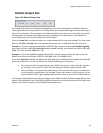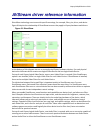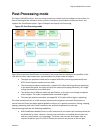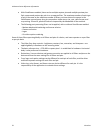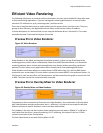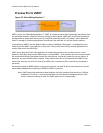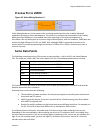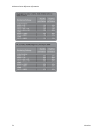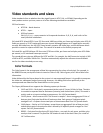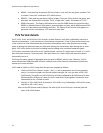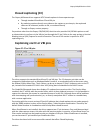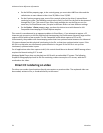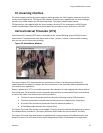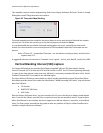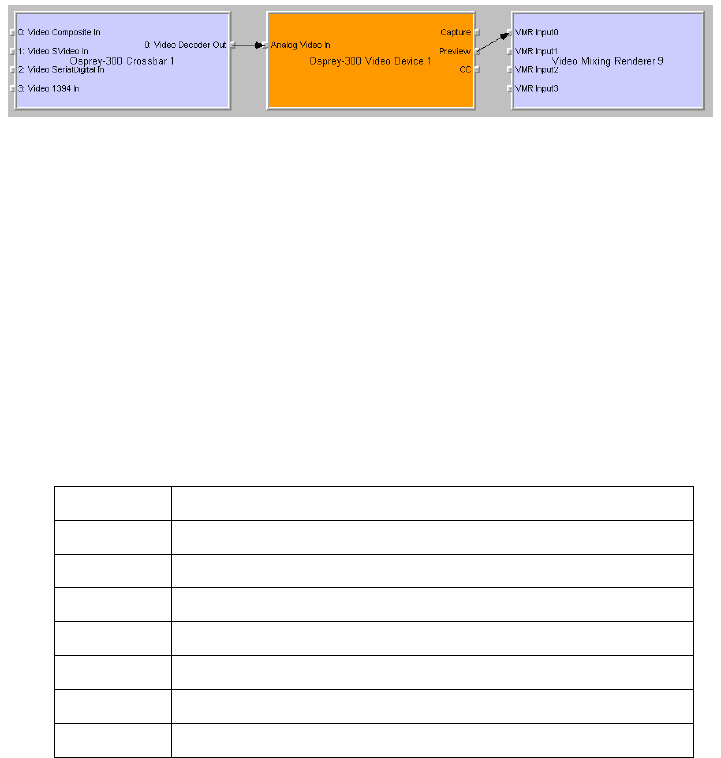
Osprey 240e/450e User Guide
ViewCast 73
Preview Pin to VMR9
Figure 66. Video Mixing Renderer 9
Video Mixing Renderer 9 is the newest video rendering method and the one on which Microsoft
supposedly is basing its future development. The intent is to combine the functionality of the Overlay
Mixer plus Video Renderer in one module that takes advantage of the latest developments in
DirectShow. We are finding that at its present stage of development, with our hardware, VMR9 does not
achieve the high efficiency of YUY2–to–VMR7. Also, although VMR9 is supposed to function as an
overlay mixer for rendering captioning from the driver’s DShow CC or VBI pin, we have never seen it
function correctly.
Some Data Points
The following measurements are CPU percent on two machines – a fairly old P4, and a dual Opteron
244. The video size is 640 x 480. The screen depth is 32 bits. The following abbreviations are used:
YUY2
the Osprey driver’s preview pin in YUY2 format
RGB15
the Osprey driver’s preview pin in RGB15 format
RGB32
the Osprey driver’s preview pin in RGB32 format
VR
old Video Renderer
VMR7
Video Mixing Renderer 7
VMR9
Video Mixing Renderer 9
AVI
AVI Decompressor
OVL
Overlay Mixer
The PostProc results are shown in two modes: with all post processing filters turned off, and with the
adaptive deinterlace filter turned on.
Generally these results show the following:
The desirability of newer machines for video processing has to do with system architecture
more than raw CPU speed.
VMR7 is generally fastest. If you don’t need the driver’s PostProcessing, then Direct Mode
with VMR7 is especially fast.
Results for specific pathways can be inconsistent across different machines. For example, on
the P4, YUV to VR is faster than RGB to VR; on the Opteron, RGB is faster.
In evaluating these benchmarks, remember that all of them involve video rendering to the screen.
Depending on the exact pathway, video rendering can result in CPU utilization that is a lot higher than
for other capture scenarios. If you are streaming video or capturing to file, you do not see numbers this
high. If you are encoding video, you may see high CPU utilization, but much or most of it is from the
encoder rather than the driver.



